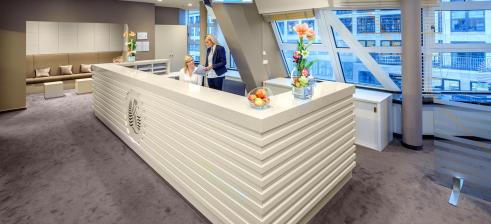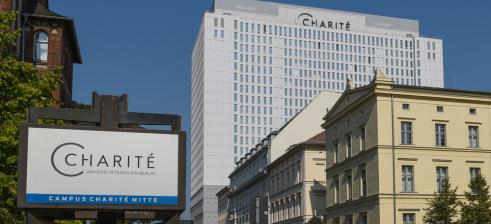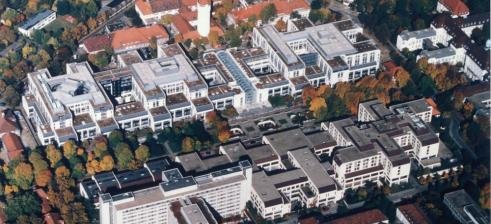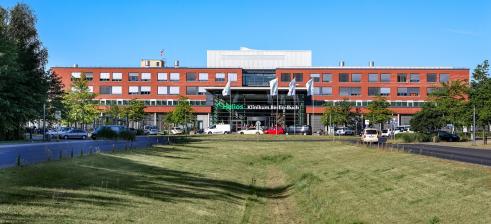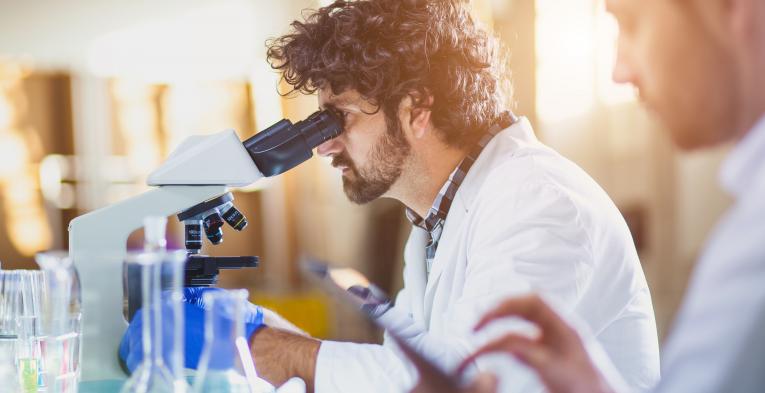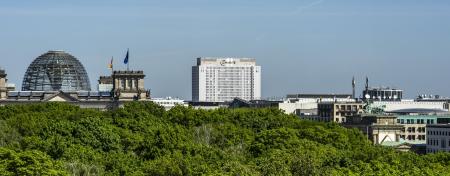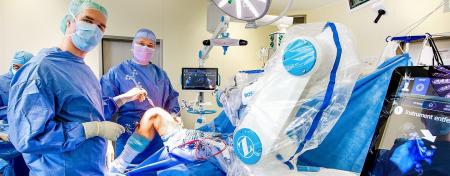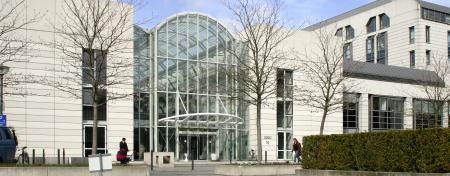Pneumology in Berlin

Respiratory diseases can affect the nose, mouth, throat, windpipe or lungs. The most common respiratory conditions are asthma, chronic obstructive pulmonary disease (COPD), pneumonia and lung cancer. Typical symptoms suffered by patients affected by these diseases are coughing and hoarseness, a sore throat, difficulty breathing or a shortage of breath.
In addition to a full patient history, plus palpation, percussion and auscultation of the chest, a pulmonologist may order further diagnostic procedures such as an ultrasound, X-rays or CT scans. The doctor can assess lung function by means of spirometry, ascertaining the volume of air that is inhaled and exhaled. Lung scintigraphy involves using radioactive rays to image the bloodstreams and air flows. In addition, endoscopic procedures are used to examine the lung, e.g. bronchoscopy or thoracoscopy. Exacting diagnostic procedures, involving a biopsy if necessary, are essential to obtain a precise diagnosis and be able to rapidly treat the pulmonary diseases.
Hospitals and doctors' surgeries
7 results
Comprehensive medical care

Your Checklist – for a pleasant stay
-
1 Preparations
Describe your concerns and send the necessary documents to the hospital.
-
2 Relevant documents
Inform yourself about your medical visa and select all documents.
-
3 Stay
Inform yourself in time about your hospital and a appropriate accommodation.
-
4 After discharge
Verify if you will need a medication or further treatment.

